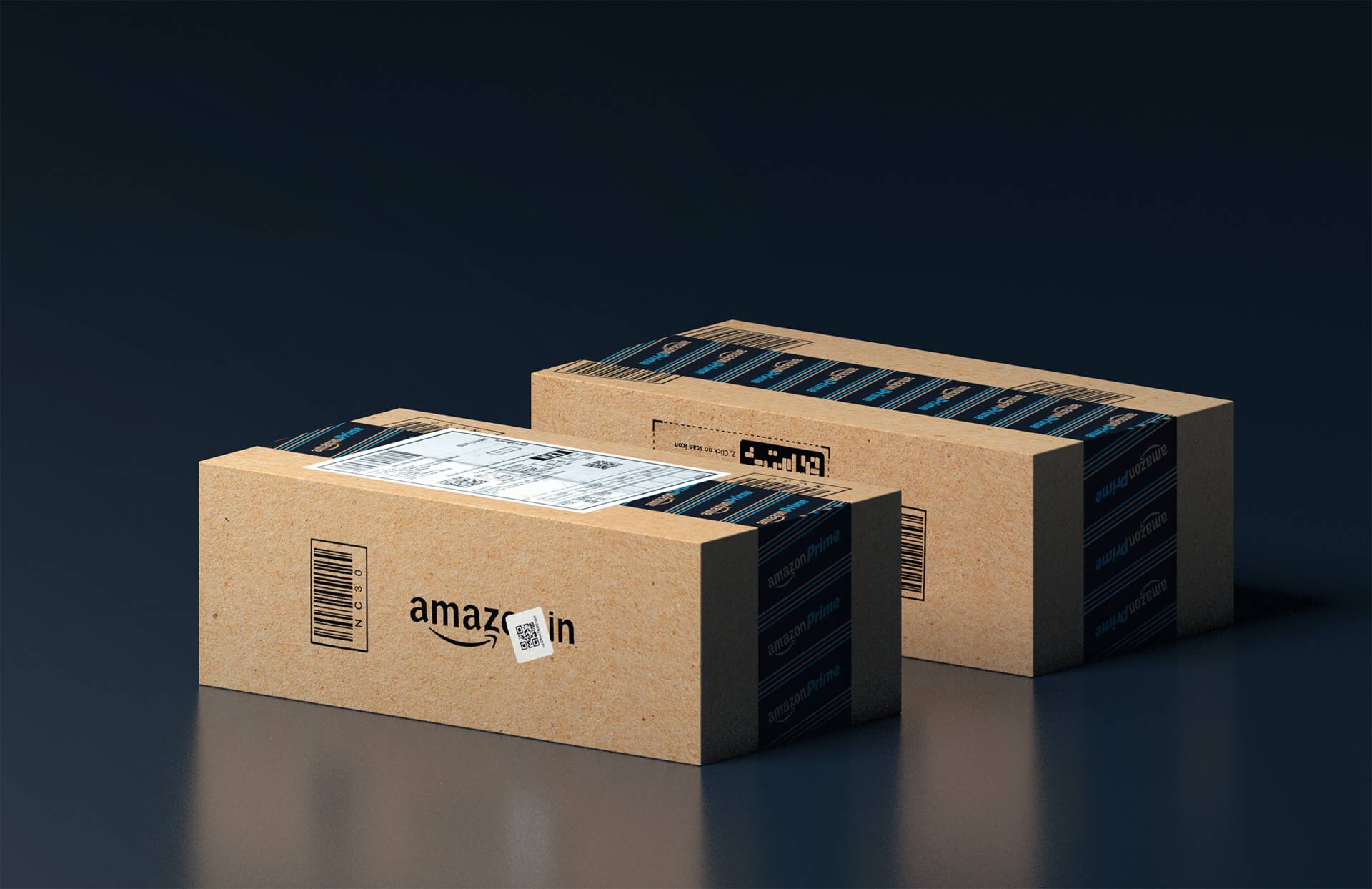Amazon Web Services (AWS) continues to push the boundaries of innovation with its latest introduction, AWS AppFabric. This groundbreaking no-code service aims to revolutionize the way organizations integrate and optimize their software-as-a-service (SaaS) applications. By simplifying the integration process and providing a unified view of application usage and performance, AppFabric promises to streamline workflows, reduce operational costs, and enhance security. In this article, we will delve into the key features, benefits, and potential impact of AWS AppFabric.
Traditionally, integrating SaaS applications within an organization has been a complex and time-consuming task. Customized point-to-point (P2P) integrations often require specialized skills and extensive coding work, leading to increased costs and delays. AWS AppFabric aims to eliminate these challenges by providing a no-code solution that allows IT and security teams to seamlessly integrate third-party apps with just a few clicks in the AWS console. This means that organizations can connect 12 productivity applications and five security apps, as well as integrate with 17 SaaS applications through APIs, all without the need for extensive development work.
Federico Torreti, head of product at AWS AppFabric, explains, “Our differentiator through this offering is that apps not designed to work together will work better with AppFabric.” By abstracting the connectivity layer and enabling apps to work together effortlessly, AWS empowers organizations to enhance collaboration and productivity across departments.
One of the key benefits of AWS AppFabric is its ability to provide organizations with improved visibility into application data. By integrating multiple SaaS applications into a unified view, IT and security teams can gain valuable insights into application usage and performance. This enhanced visibility enables organizations to optimize their operations, identify potential bottlenecks, and make data-driven decisions.
Moreover, AppFabric allows organizations to improve their security posture by ingesting normalized data across SaaS applications into security tools such as Splunk, RSA Netwitness, Logz.io, Rapid7, and Netskope. By centralizing security data and setting common policies, administrators can respond to security threats faster and reduce operational costs. AppFabric also facilitates user access management across multiple applications, ensuring a standardized and secure approach.
AWS AppFabric not only benefits organizations directly but also opens up new opportunities for AWS partners. With a network of over 100,000 partners, AWS aims to enable these partners to enhance and expand the experiences offered to their users and staff. By leveraging AppFabric, AWS partners can seamlessly integrate their services with the platform, providing customers with a comprehensive solution that encompasses all aspects of their SaaS activities.
In addition to its integration capabilities, AWS AppFabric comes with a forthcoming generative AI feature powered by Amazon Bedrock. This AI feature is anticipated to launch later this year and promises to empower users with quick answers, automated tasks, and insightful analyses across multiple SaaS applications. By leveraging the power of generative AI, AppFabric aims to simplify complex workflows and reduce the need for constant app-switching.
The generative AI capabilities of AppFabric treat AI models as dynamic entities, continuously incorporating current data and knowledge to deliver intricate insights. These AI models can be fine-tuned by users to suit their specific needs and preferences. For example, users can generate meeting notes, draft update emails, or create project updates without the hassle of navigating multiple applications or copy-and-pasting information.
AWS AppFabric enters the market at a time when other cloud providers are also focusing on enhancing their integration capabilities. Microsoft recently unveiled its Fabric suite, an end-to-end platform for analytics and data workloads. While both AppFabric and Fabric offer similar integration functionalities, AWS aims to differentiate itself by providing a no-code solution that simplifies the integration process. With its extensive partner network and generative AI capabilities, AWS AppFabric is poised to compete and excel in the rapidly evolving landscape of SaaS application connectivity.
AWS AppFabric is currently available in U.S. East (N. Virginia), Europe (Ireland), and Asia Pacific (Tokyo) regions, with plans for expansion into more AWS regions in the near future. Organizations can leverage the service to enhance their connectivity, improve collaboration, and optimize their SaaS applications.
In conclusion, AWS AppFabric represents a significant step forward in simplifying SaaS application connectivity. By providing a no-code solution, AWS empowers organizations to seamlessly integrate their SaaS applications, improve visibility, enhance security, and leverage the power of generative AI. With its extensive partner network and commitment to innovation, AWS continues to solidify its position as a leader in the cloud computing industry. Stay ahead of the curve by embracing AWS AppFabric and revolutionizing the way your organization connects and optimizes its SaaS applications.
First reported by VentureBeat.













